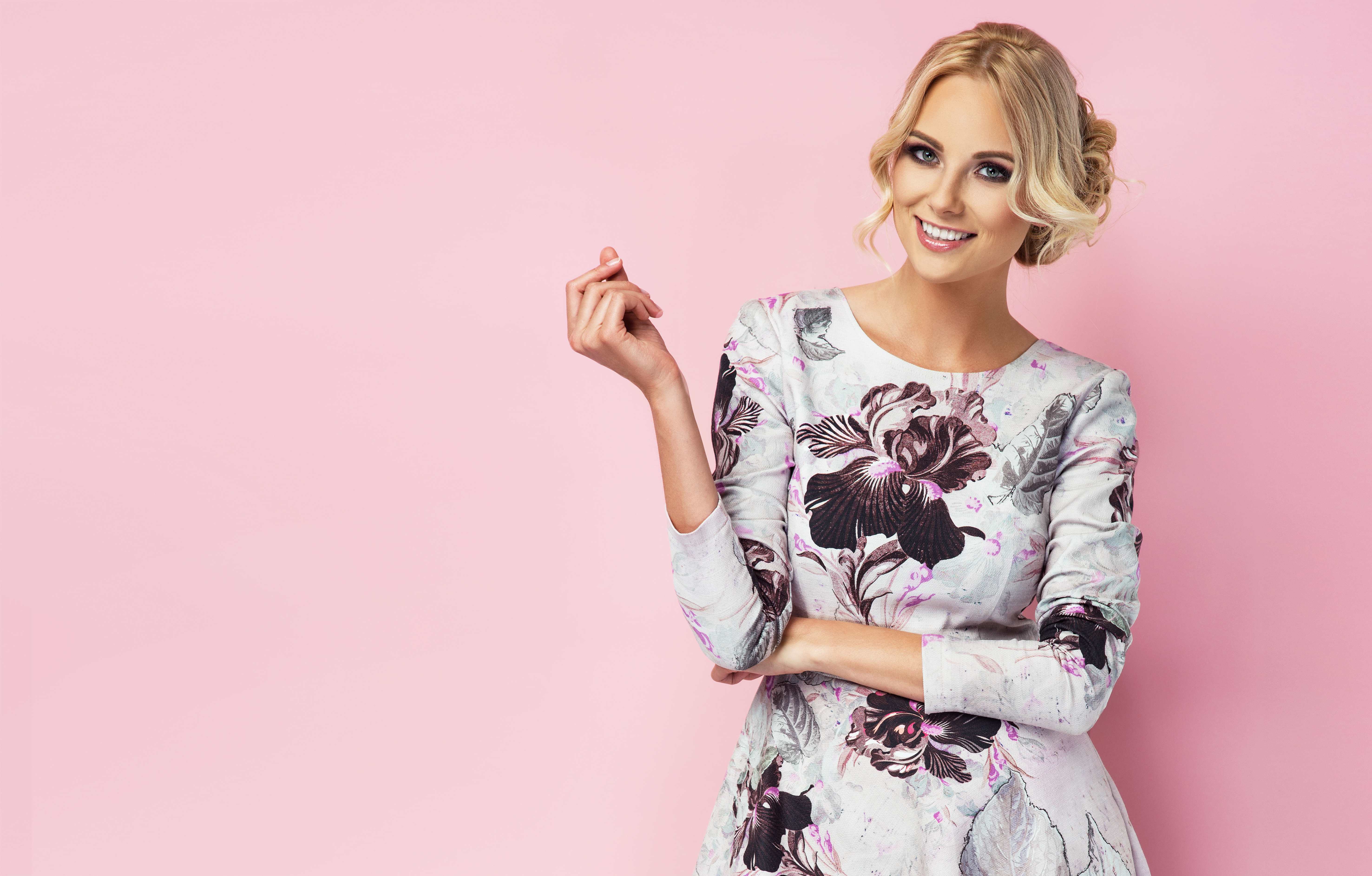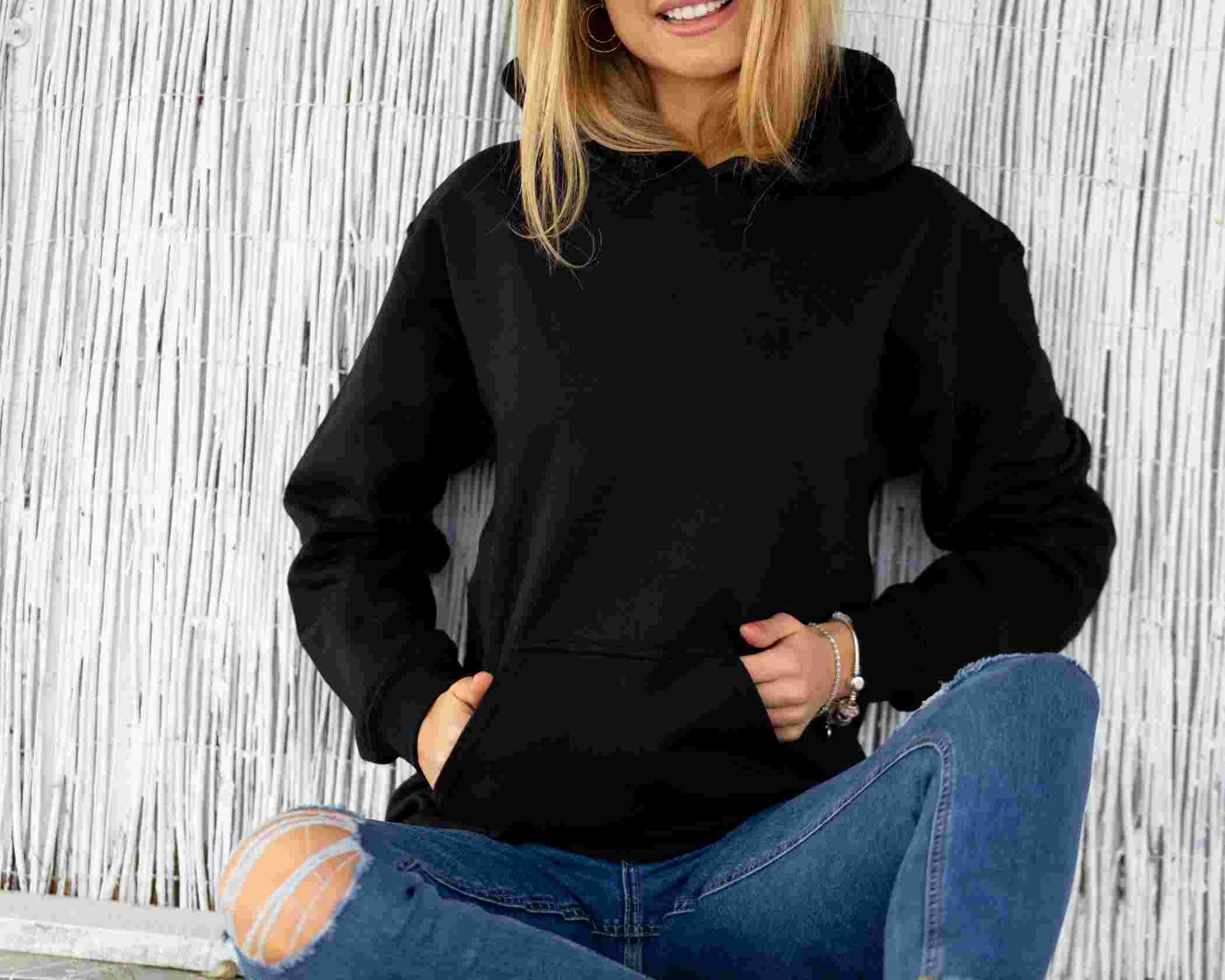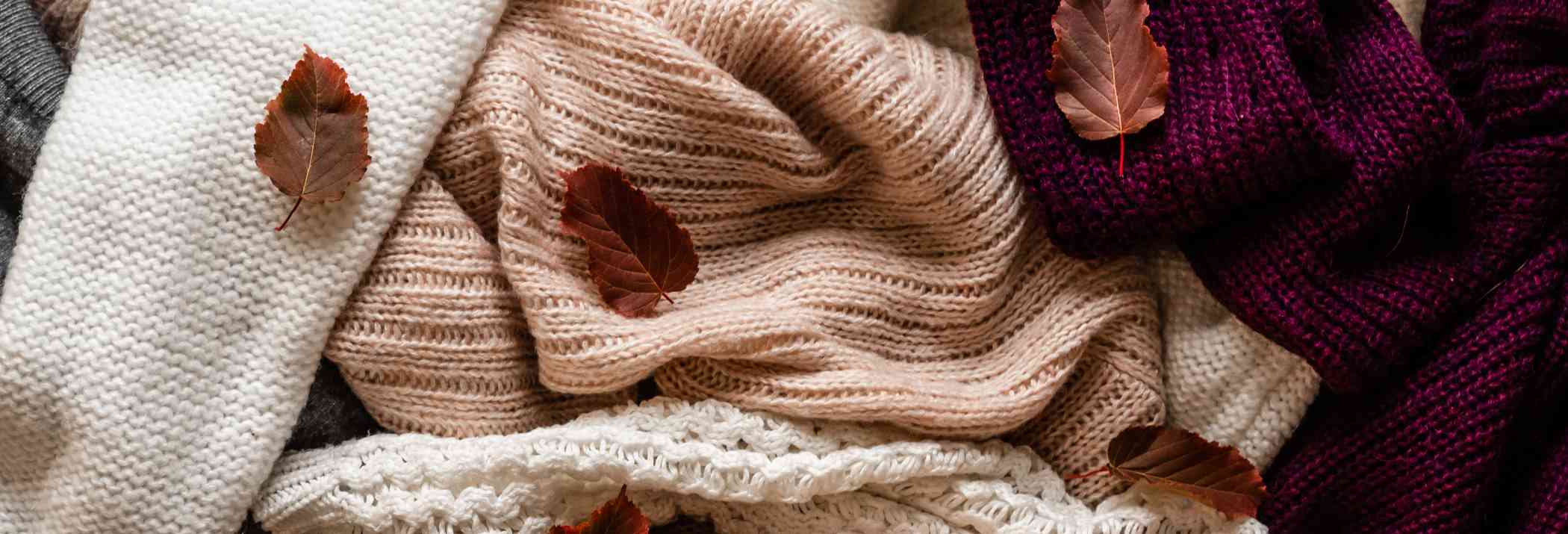What Are The Most Important Principles of Design in Fashion?

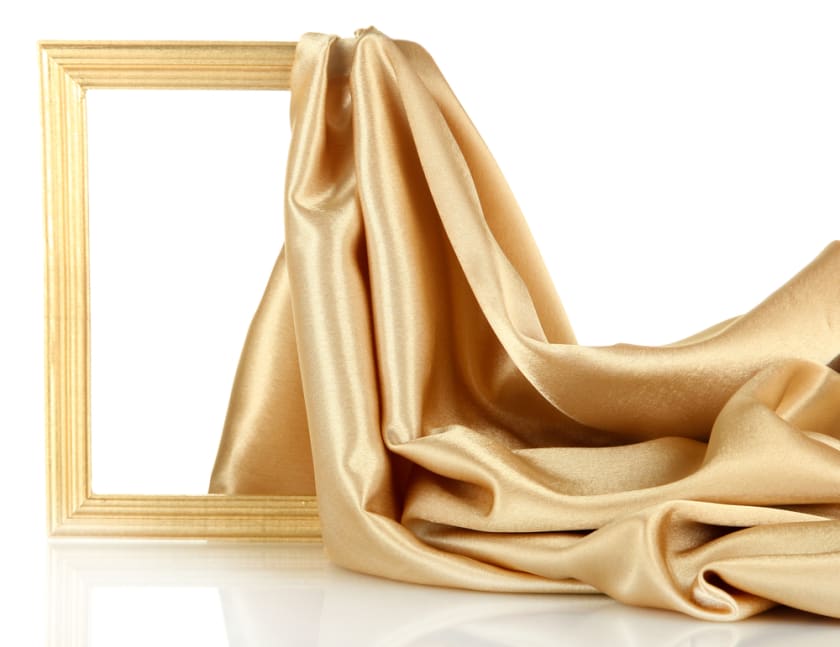

Fashion is a kind of instant communication. The style is a method of expressing yourself without having to say anything. Being recognised for your styles, rather than sticking out, is what elegance is all about. Designers and trendy people provide you fashion four or five times a year. Designers must occasionally work on public demand and new trends in order to generate designs and styles. They must make use of elements and adhere to design standards while doing so.
The fashion industry is fiercely competitive, with many bright people seeking to stand out. A fashion designer must be able to think outside the box and come up with unique ideas that will set his or her creations different from the competition in a favourable way. To think outside the box, however, you must first grasp what is inside the box.
Fashion is a world that thrives on creativity and invention. Every creative process, from clothing design to artwork creation, has a core idea that serves as the foundation for the art. Understanding the concepts and ingredients that make up this foundation is essential for success in any art.
Important principles of design in fashion
The Principles are ideas for organising and arranging the structural aspects of a design. Principles are standards and core ideas that any working designer should adhere to. There are five important concepts in fashion design that apply to both the garment's basic structure and its application. They provide instructions for appropriately combining the five design elements to generate designs that are always varied in elegance. The following are the Important principles of design in fashion
- Balance
It refers to our physical sense of balance and is a concept of visual equilibrium. It is the visual steadiness that arises from the reconciliation of competing forces in a composition. Balance refers to the dress's general stability, as well as the proper placement of components and details. Visual harmony is created by well-balanced clothing. The fashion industry's balanced design is likewise divided into two categories. As an example:
- Symmetric balance
- Asymmetrical balance
Symmetric balance
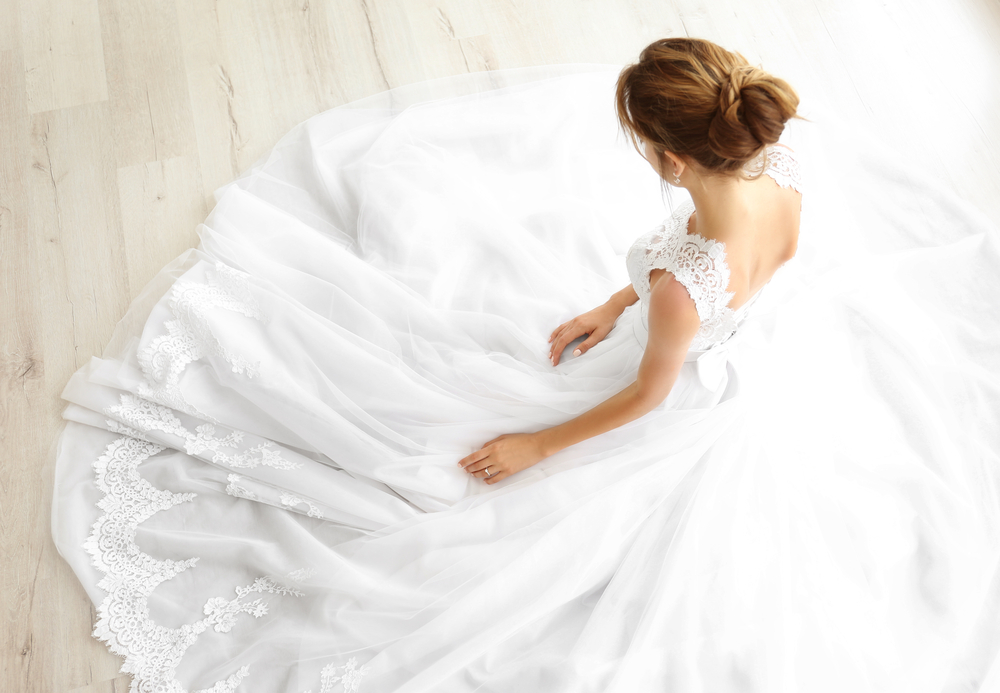
Formal balance is another name for it. When an object seems equal due to repetition in a design arrangement, it is said to be formal balance. Balance applications that are symmetrical, such as a straight hemline, are the most common, but asymmetrical balance can also be beneficial. Asymmetrical necklines have been increasingly trendy in recent years.
Asymmetrical balance:
Informal balances are asymmetrical balances. When an object appears uneven due to repetition in a design arrangement, this is known as informal balance. Asymmetrical balance is more difficult to attain than symmetrical balance since it is more complex. A one-shoulder gown, for example, with its asymmetrical neckline, would look fascinating, but a jacket with one lapel wider than the other would plain look ugly.
- Proportion
Proportion creates a sense of unity when all pieces (sizes, amounts, or numbers) are in proportion to one another. The proportion can refer to the size of the head in relation to the rest of the body when drawing the human figure. In art, proportion refers to the relative harmony between two or more parts in a composition in terms of size, colour, and quantity. When anything is out of proportion, proportion is generally overlooked. It is considered to be "out of proportion" when the relative sizes of two elements being compared appear to be incorrect or unbalanced. If a person's head is larger than their entire body, for example, we would call them out of proportion.
The "Golden Mean" rule, created by Greek mathematicians, is frequently used to identify a desirable proportion.
- Emphasis or Centre of Attraction:
The concentrations of attention in the chosen area of design are referred to as emphasis. Typically, designers will contrast one area with another to make it stand out. The size, colour, texture, and form of the area could all be different. The following are some examples of common facts to emphasise:
- Using value as an emphasis (light and dark).
- The use of complementary hues and an atmospheric viewpoint are highlighted.
- In the artwork, there are examples of focus and subordination.
- Colour is used to emphasise a point.
- Repetition
Repetition is an important aspect to remember while constructing more complicated designs. Colours, forms, and patterns that are repeated give a more coherent design.
The repetition of an element, sometimes in a subtle way, is known as repetition. Through pattern-blocking, repetition can be employed to generate equilibrium or directed movement.
The term "repetition" refers to the repetition of a pattern, which is frequently used in fashion design through layering. Repetition occurs when a colour, design, or pattern is used repeatedly throughout an outfit.
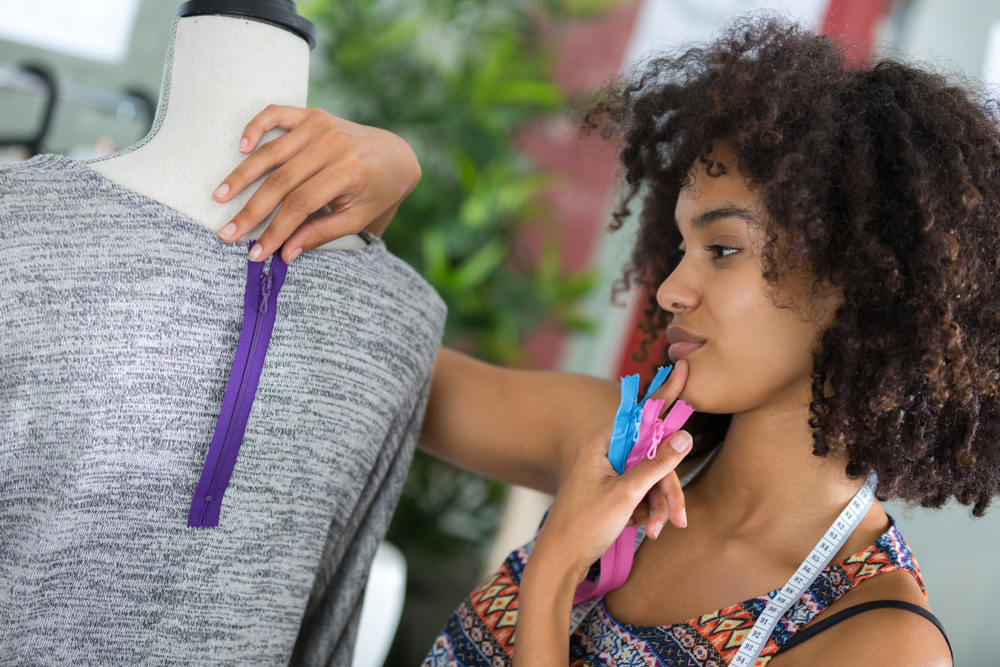
- Harmony/unity:
Harmony is defined as an aesthetically pleasant and balanced design. It's achieved by employing the appropriate degree of contrast between features such as prints, embellishments, and colours, as well as adhering to all fashion design standards. You can't have a solid-colored dress with too many prints on it, for example, otherwise your design will become unbalanced.
Bringing disparate parts together to make a cohesive and attractive whole is what harmony is all about. In terms of fashion design, this can be accomplished via colour matching or pattern coordination with accessories such as scarves or shoes.You may also do it by blending textures such as leather and suede on an outfit ensemble in perfect harmony because they visually complement one another, generating harmony while not being too similar or distinct at the same time.
- Rhythm
It is the next fashion design principle to consider. Line, Pattern, and Colour can all be used to achieve this principle. Rhythm is created in your designs when all of the elements are balanced in frequency, size, direction, or placement.
Rhythm adds visual appeal to your designs by generating a sense of order that draws the eye in. It allows you to add a touch of sophistication and beauty to your designs while also generating visual harmony.
- Contrast:
This theory is all about using diverse weights, textures, and colours to create visual contrast. The trick here is to employ few contrasting elements so that they don't compete for attention and disrupt your design's overall harmony.
Elements of design in fashion
- Dots: Dots are without a doubt the most fun components of designs; every aspect of fashion design or design in general is made up of multiple Dots. That is why the Dots are such an important design element. I doubt there would be any design to work without the dots.
While there are many other ways to look at dots, on the one hand, you can think of them as design building blocks. Dots, on the other hand, can be seen as a detail or as a design element, such as Polka dots or dot patterns on a frock.
- Lines: Another crucial aspect of fashion design is the use of lines. Lines, like dots, are a fundamental component of design that connects all of the other parts. In whatever design or artwork you produce, lines create shapes and spaces.
Drawing a continuous mark on a surface using a pointed tool creates lines. Within a design, lines can be used to create shape, form, movement, and contrast. There would be no art without the line. Vertical, horizontal, diagonal, curved, and other types of lines are available. On practically every piece of clothing we wear today, from shirts to pants to dresses to socks, these varied lines produce stunning designs. The direction and type of lines can express an unlimited amount of messages. They assist us in expressing our views about things by the way they seem! That's why it's critical for designers to keep their artwork's lines under control.
- Shapes: it is two-dimensional areas that have a width and height but no depth. In nature and in art, there are an infinite number of shapes to be found. Circles, squares, and triangles are examples of fundamental shapes.
Shapes are formed by the junction of lines, as we all know. Shapes can also be used to produce dots and gaps between them, exactly like Lines. With just a few simple lines, you can make an unlimited number of different shapes. Circles, Squares, Triangles, Pentagonals, and Hexagons are some of the most commonly used forms in today's designs!
The shape can be viewed in two different ways. The one method is described in the preceding paragraphs. Silhouettes are another way to look at things from a fashion standpoint.
Conclusion
As significant as all of these factors are, one factor influences the final design: the prevailing fashion style that is popular with the people you serve. Understanding these concepts and elements will allow you to break the rules a little in order to create a unique and stylish outfit based on your ideas.
If this essay has piqued your interest in the fashion industry, here's how to get started on your path to becoming a successful fashion designer and owning your own fashion label.















